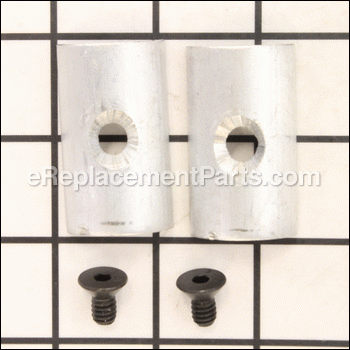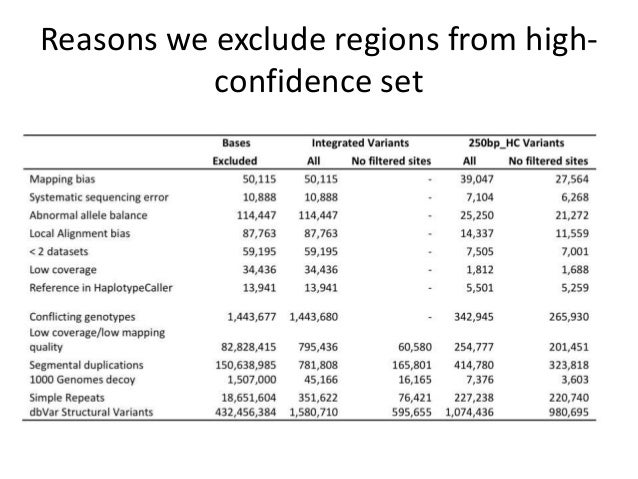Bwa Soft Clipping

An screen of an amplifier 'clipping.' The amplifier should be outputting a clean with rounded tops and bottoms, but instead they are cut off flat, or 'clipped'.Clipping is a form of that limits a once it exceeds a threshold. Clipping may occur when a signal is recorded by a that has constraints on the range of data it can measure, it can occur when a signal is, or it can occur any other time an or is transformed, particularly in the presence of or and undershoot.Clipping may be described as hard, in cases where the signal is strictly limited at the threshold, producing a flat cutoff; or it may be described as soft, in cases where the clipped signal continues to follow the original at a reduced gain.
Hard clipping results in many high frequency; soft clipping results in fewer higher order harmonics and intermodulation distortion components. Main article:In the audio domain, clipping may be heard as general distortion or as pops.Because the clipped waveform has more area underneath it than the smaller unclipped waveform, the amplifier produces more than its rated output when it is clipping. Savannah spa manual. This extra can damage any part of the, including the, or the, by causing over-excursion, or by overheating the voice coil. It may cause damage to the amplifier's or simply blow a.In the, clipping produces strong harmonics in the high frequency range (as the clipped waveform comes closer to a ). The extra high frequency weighting of the signal could make damage more likely than if the signal was not clipped.
Transistor Soft Clipping
However most are designed to handle signals like cymbal crashes that have even more high frequency weighting than amplifier clipping produces, so damage attributable to this characteristic is rare.Many intentionally overdrive their amplifiers (or insert a 'fuzz box') to cause clipping in order to get a desired sound (see ).Some believe that the clipping behavior of with little or no is superior to that of, in that vacuum tubes clip more gradually than transistors (i.e. Soft clipping, and mostly even harmonics), resulting in harmonic distortion that is generally less objectionable. In general though, the distortion associated with clipping is unwanted, and is visible on an even if it is inaudible.
Bwa Soft Clipping

Even in a transistorised amplifier with hard clipping, the gain of the transistor will be reducing (leading to nonlinear distortion) as the output current increases and the voltage across the transistor reduces close to the saturation voltage (for ), and so 'full power' for the purposes of measuring distortion in amplifiers is usually taken as a few percent below clipping.Images. Example image exhibiting blown-out highlights. Further information:In, clipping occurs when the signal is restricted by the range of a chosen representation. For example in a system using 16-bit integers, 32767 is the largest positive value that can be represented, and if during processing the amplitude of the signal is doubled, values of 32000 should become 64000, but instead they are truncated to the maximum, 32767. Clipping is preferable to the alternative in digital systems — wrapping — which occurs if the is allowed to ', ignoring the of the magnitude, and sometimes even the sign of the sample value, resulting in gross distortion of the signal.The incidence of clipping may be greatly reduced by using instead of integers. However, floating point numbers are usually less efficient to use, sometimes result in a loss of, and they can still clip if a number is extremely large or small.Avoiding clipping Clipping can be detected by viewing the signal (on an oscilloscope, for example), and observing that the tops and bottoms of waves aren't smooth anymore.

When working with images, some tools can highlight all that are pure white, allowing the user to identify larger groups of white pixels and decide if too much clipping has occurred.To avoid clipping, the signal can be dynamically reduced using a. If not done carefully, this can still cause undesirable distortion, but it prevents any data from being completely lost.Repairing a clipped signal When clipping occurs, part of the original signal is lost, so perfect restoration is impossible. Thus, it is much preferable to avoid clipping in the first place. However, when repair is the only option, the goal is to make up a plausible replacement for the clipped part of the signal.See also.References.